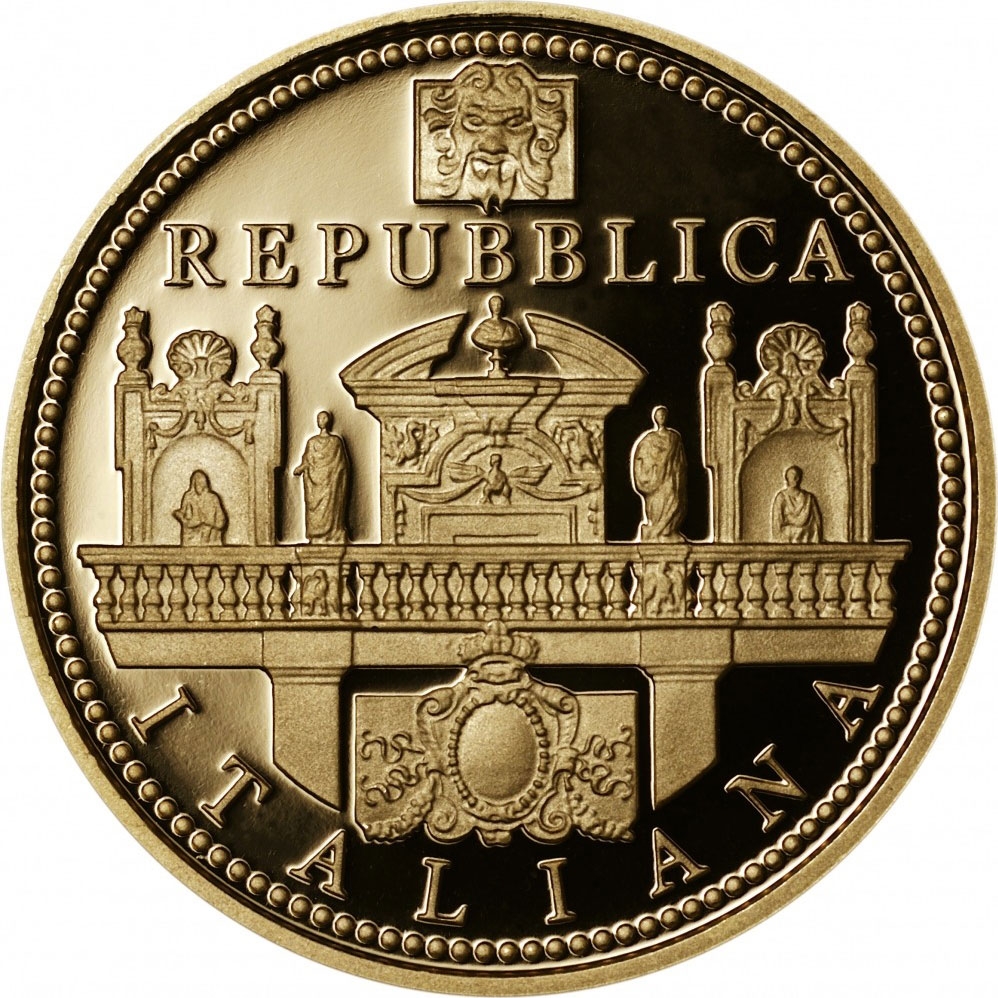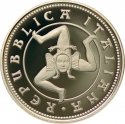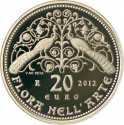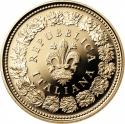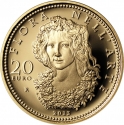You are about to finish your registration. Please check your mailbox (including spam folder). There should be a letter with a confirmation link. Check setting to make sure that your e-mail address is correct.
Send letter againDescription
In 2011 the Italian State Mint and Polygraphic Institute began a coin series entitled Flora and Fauna in Art Masterpieces. A Dual program with a €20 gold coin dedicated to flora or botanical themes, and a €50 gold coin inspired by fauna or zoological themes. The coins would illustrate and celebrate plant and animal life as portrayed in classical art through the ages.
The Baroque is a style of architecture, music, dance, painting, sculpture, poetry, and other arts that flourished in Europe from the early 17th century until the 1750s. In the territories of the Spanish and Portuguese empires including the Iberian Peninsula, it continued, together with new styles, until the first decade of the 19th century. It followed Renaissance art and Mannerism and preceded the Rococo (in the past often referred to as "late Baroque") and Neoclassical styles. It was encouraged by the Catholic Church as a means to counter the simplicity and austerity of Protestant architecture, art, and music, though Lutheran Baroque art developed in parts of Europe as well.
The Baroque style used contrast, movement, exuberant detail, deep colour, grandeur, and surprise to achieve a sense of awe. The style began at the start of the 17th century in Rome, then spread rapidly to France, northern Italy, Spain, and Portugal, then to Austria, southern Germany, and Russia. By the 1730s, it had evolved into an even more flamboyant style, called rocaille or Rococo, which appeared in France and Central Europe until the mid to late 18th century.
Artist: Annalisa Masini
Obverse

|
Detail of the façade of the Galleria Borghese in Rome; above, detail of the Fontana dei Mascheroni e dei Tritoni in Villa Borghese; in the field, on a line, and on the bottom, round, the related inscriptions “REPUBBLICA” and “ITALIANA”; around, dot decorated frame. REPUBBLICA |
|---|---|
Reverse

|
Daphne transforming in a laurel tree: detail of the sculpture Apollo and Daphne by Gian Lorenzo Bernini; round, left to right, the inscription “FLORA NELL’ARTE”; in the right field the value “20 EURO”, in the left one, the year of issue “2014”; bottom, signature of the designer “A. MASINI”; around, dot decorated frame. FLORA NELL'ARTE |
| Edge |
20 Euro
Flora and Fauna in Art Masterpieces
Flora: Baroque
Subscribe series
KM# 369
Flora and Fauna in Art Masterpieces
Flora: Baroque
